Artichokes – did I mention spikes!
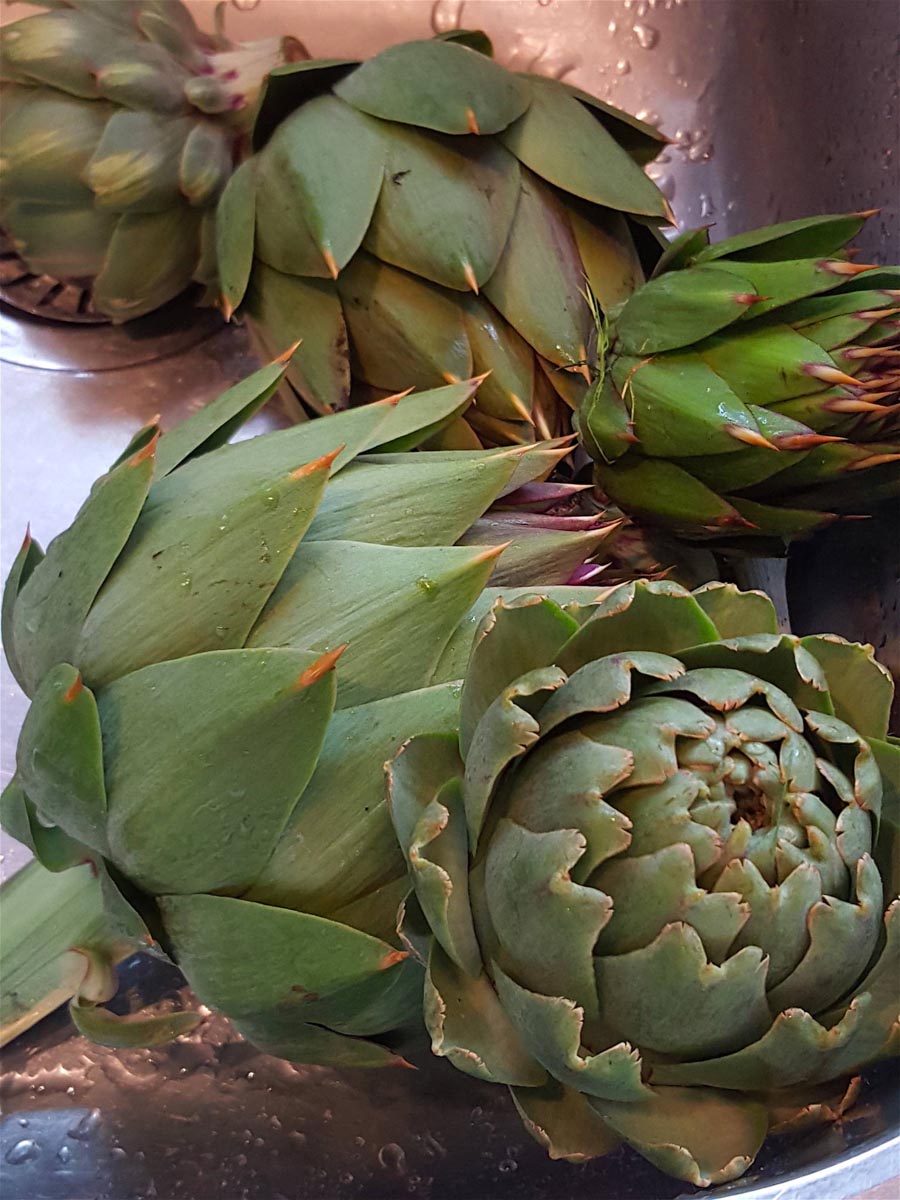
Deal to them – no mercy – lop the tops off the buggers along with any other spiky unloveable parts.

Deal to them – no mercy – lop the tops off the buggers along with any other spiky unloveable parts.
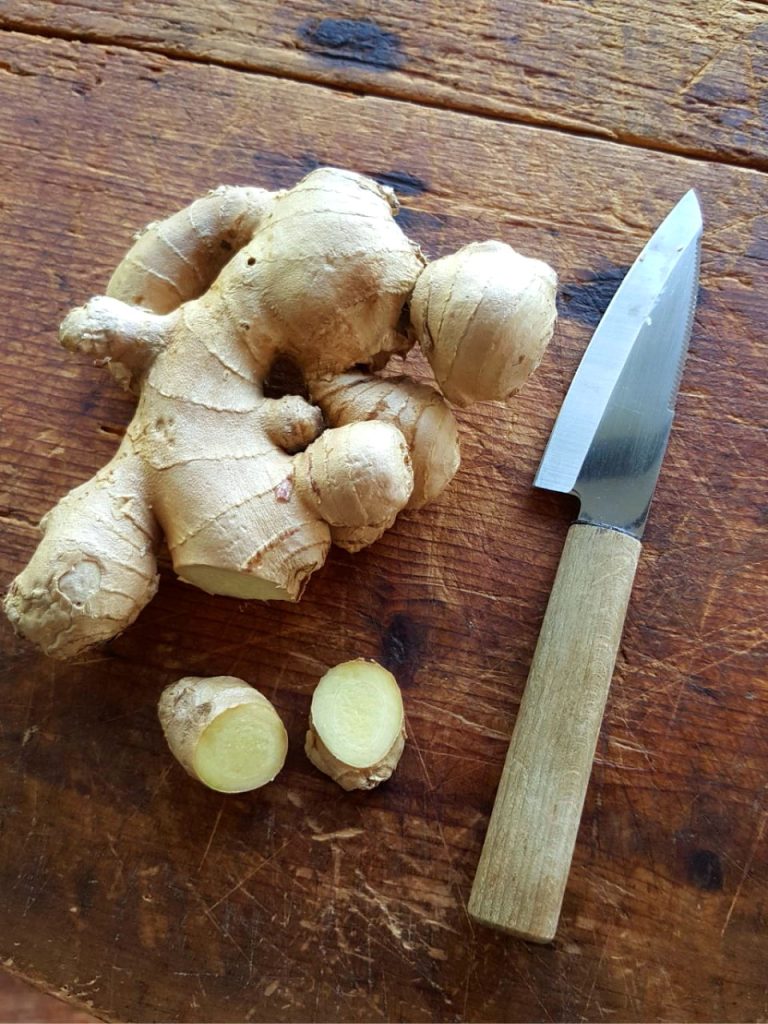
A citrus-skin character that at its best is hot and nose-tingling, sometimes eye-wateringly hot, with a fleeting whiff of turmeric, that’s ginger!
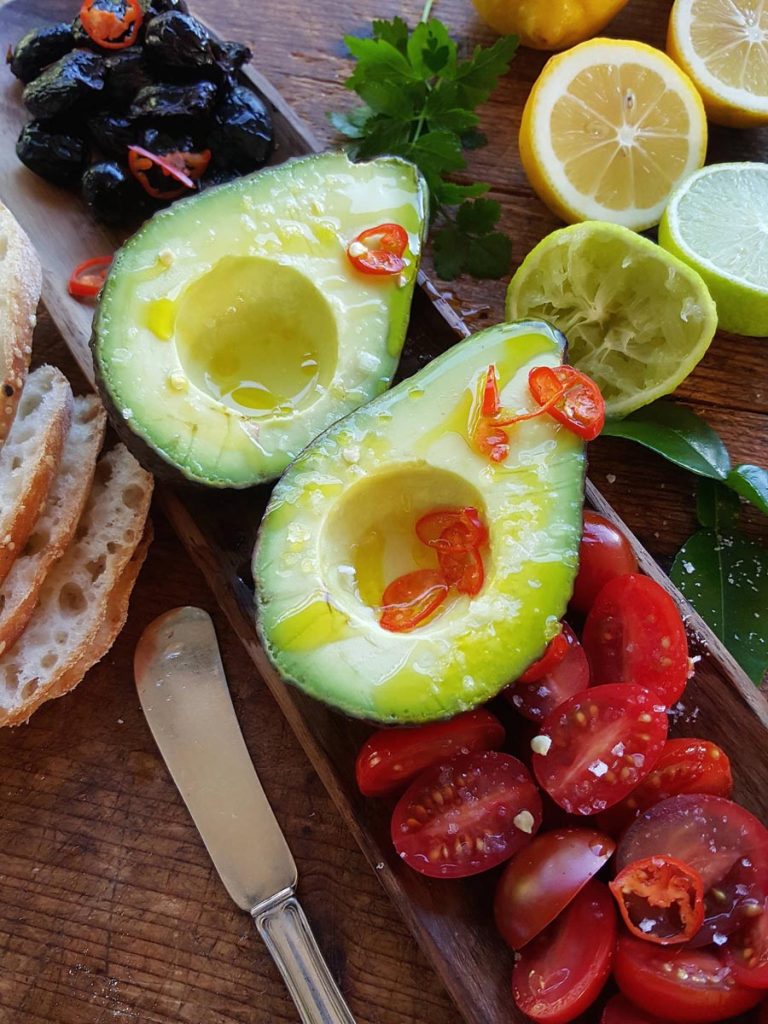
Latest spring newsletter just out!
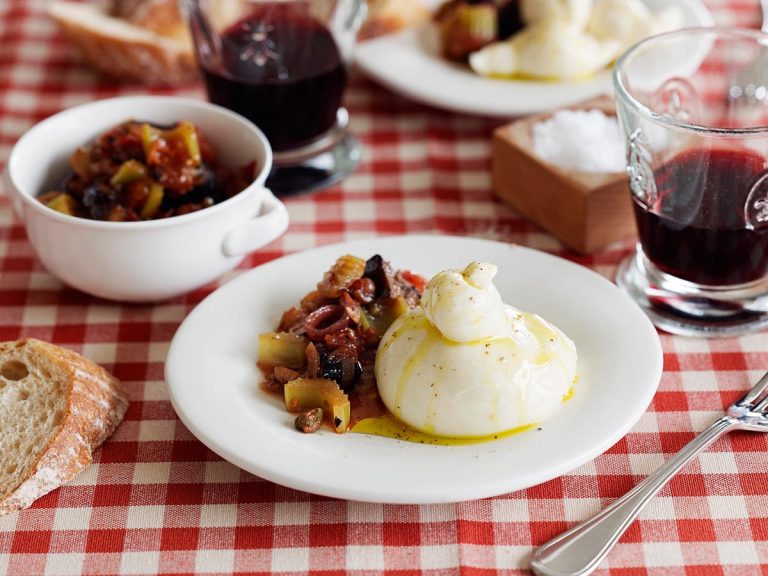
There’s no better a way to spend a wintery Saturday than enjoying great food and wine!
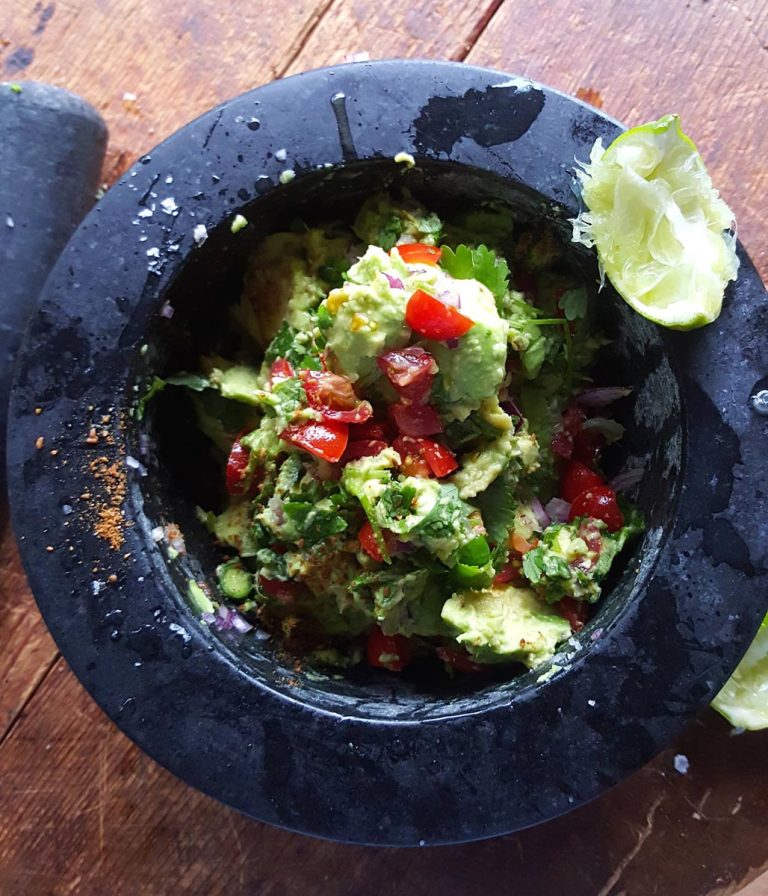
What you do in the privacy of your own home, is, well, your own business, except I’m rather proud of what happened in mine. Yep, we danced away the end of 2016, and welcomed in the opportunities a new year offers while chasing away the bad bits! When my head hit the pillow at 3.30am…
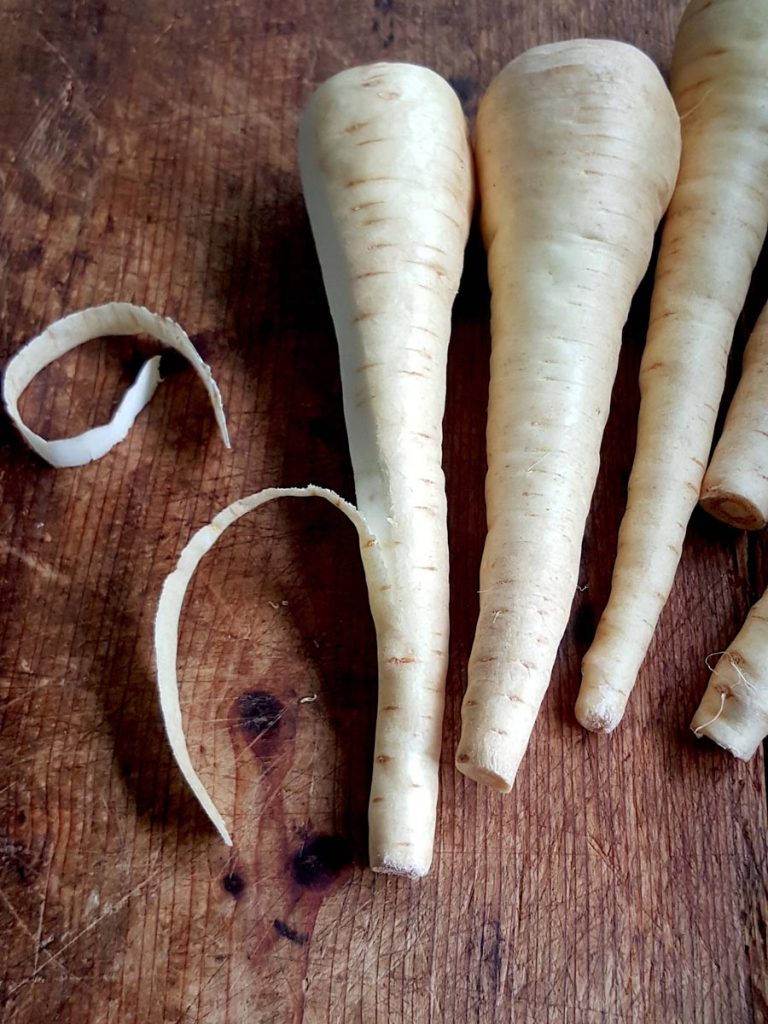
The best parsnips will have had an early morning shiver or two in frosty fields which sweetens them somewhat.
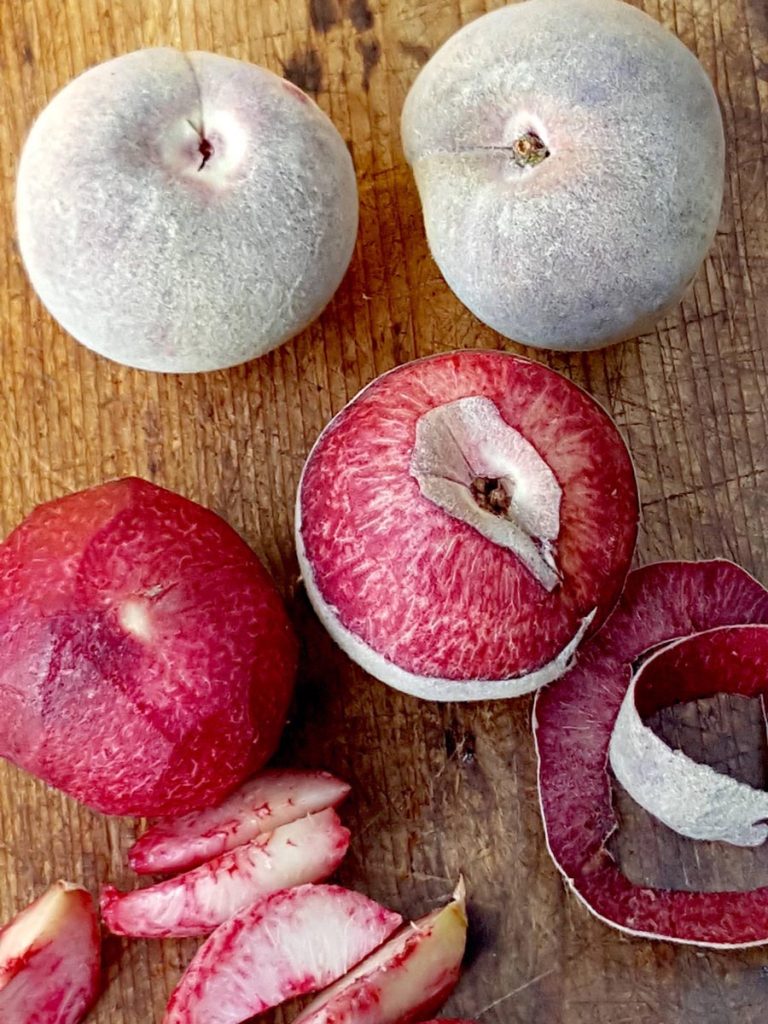
They might look like apples in this picture, but they’re just foolin’ wid ya!
No products in the basket.
Welcome to the new Shared Kitchen experience! If you encounter any issues, please let us know. Dismiss